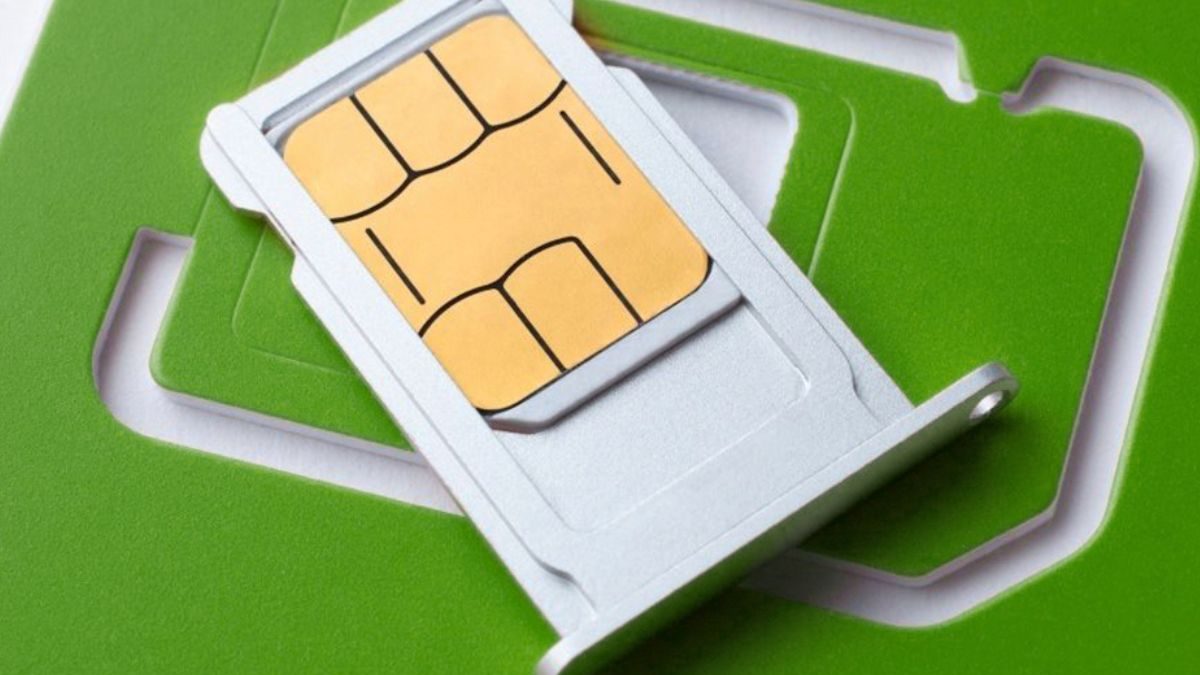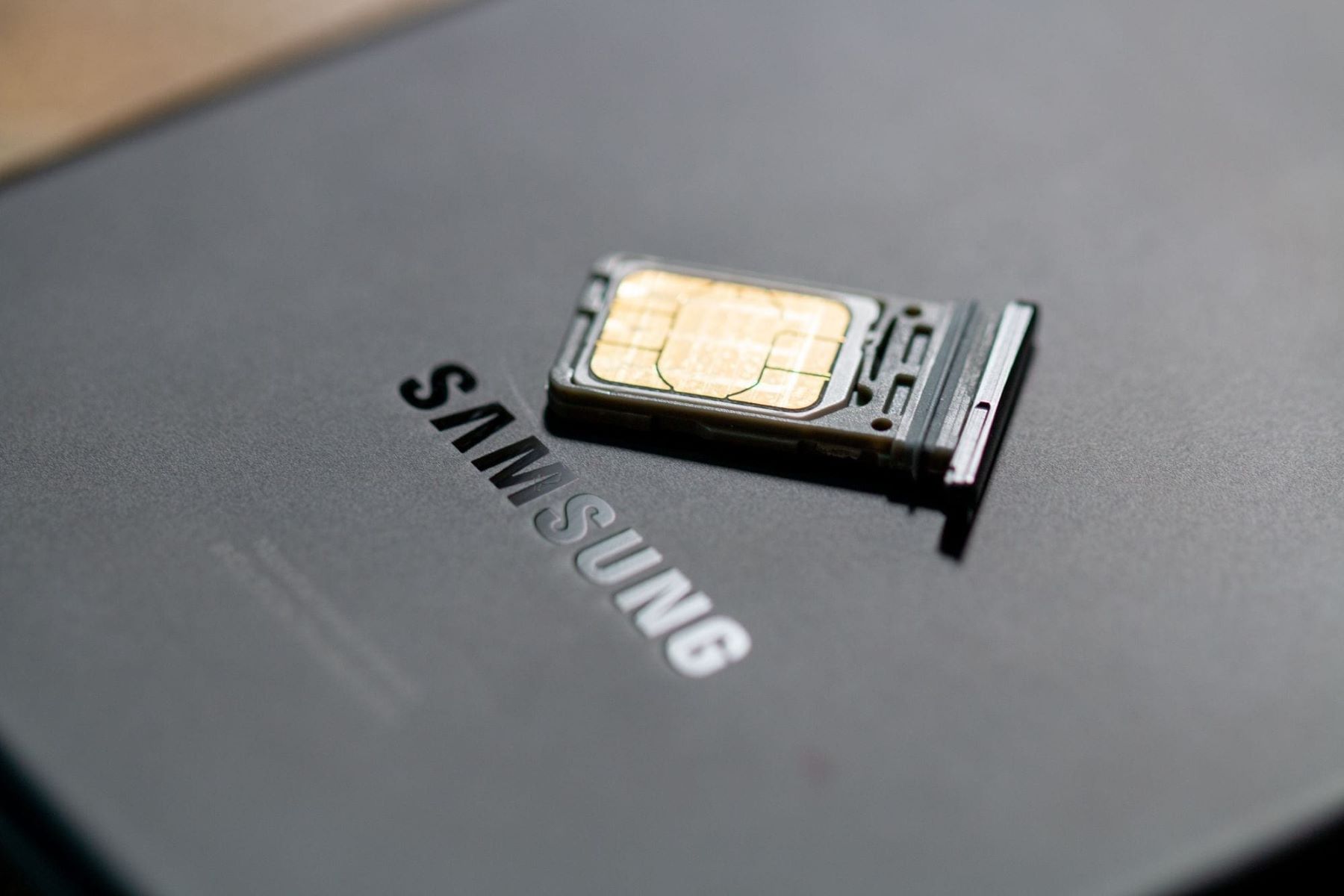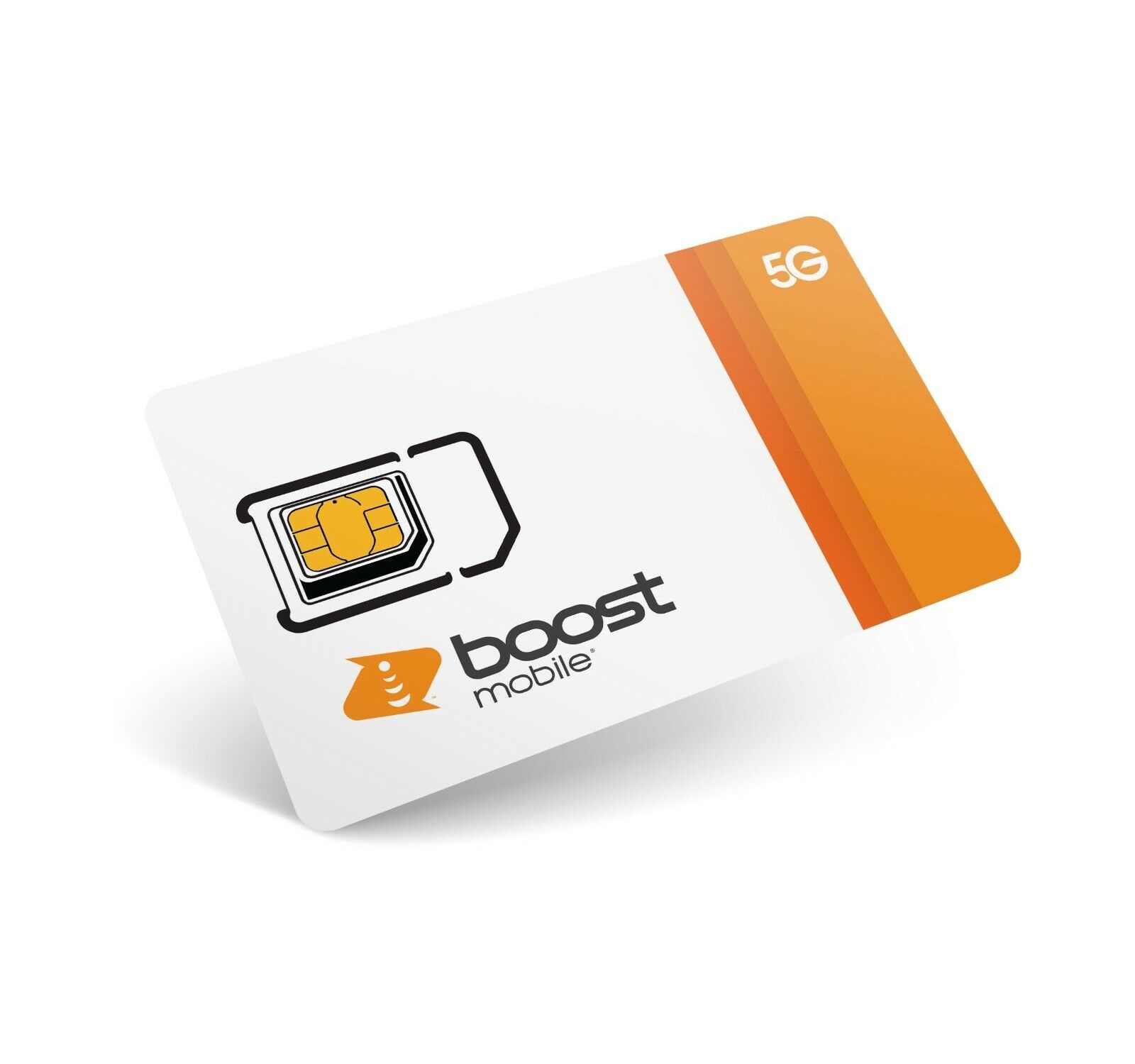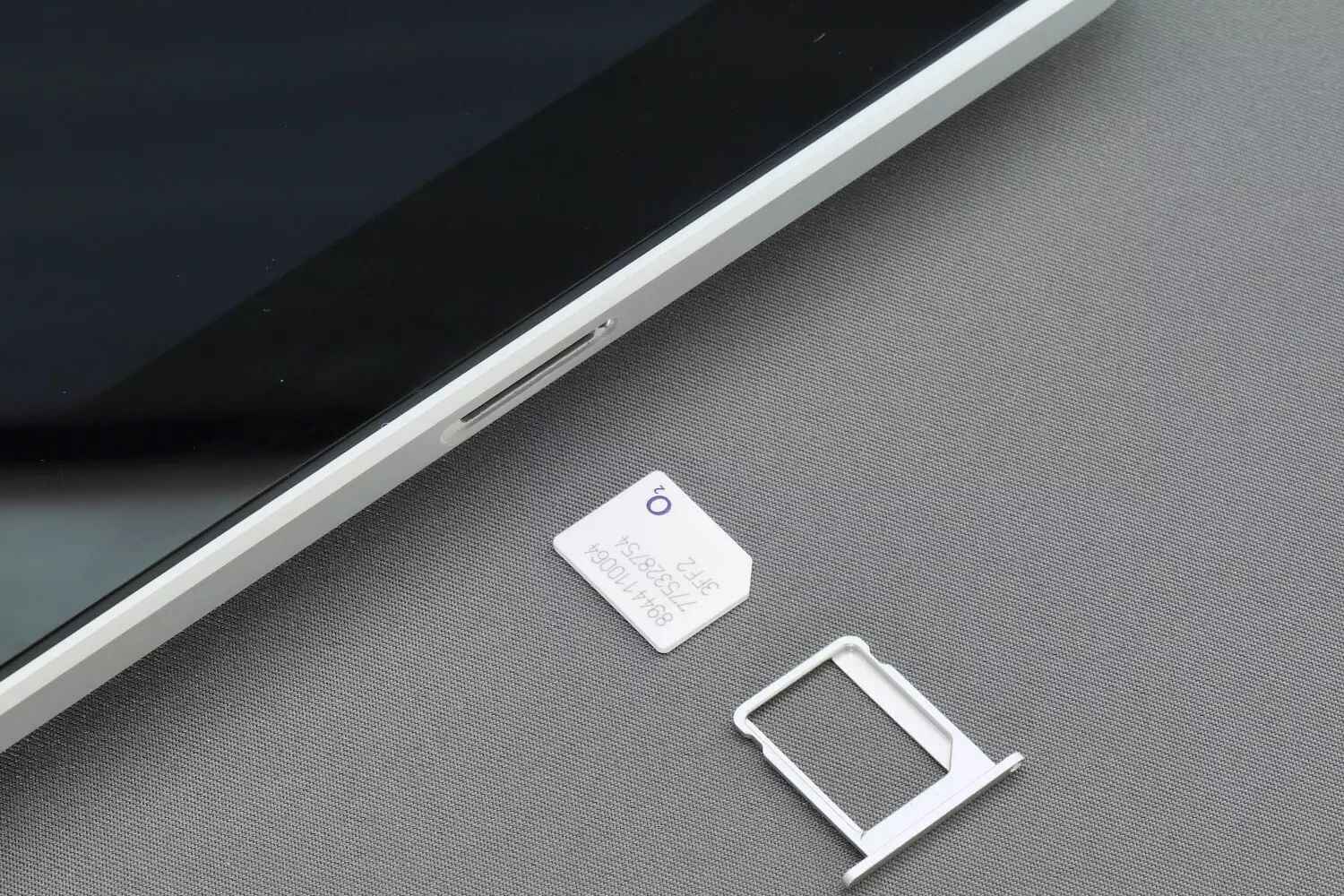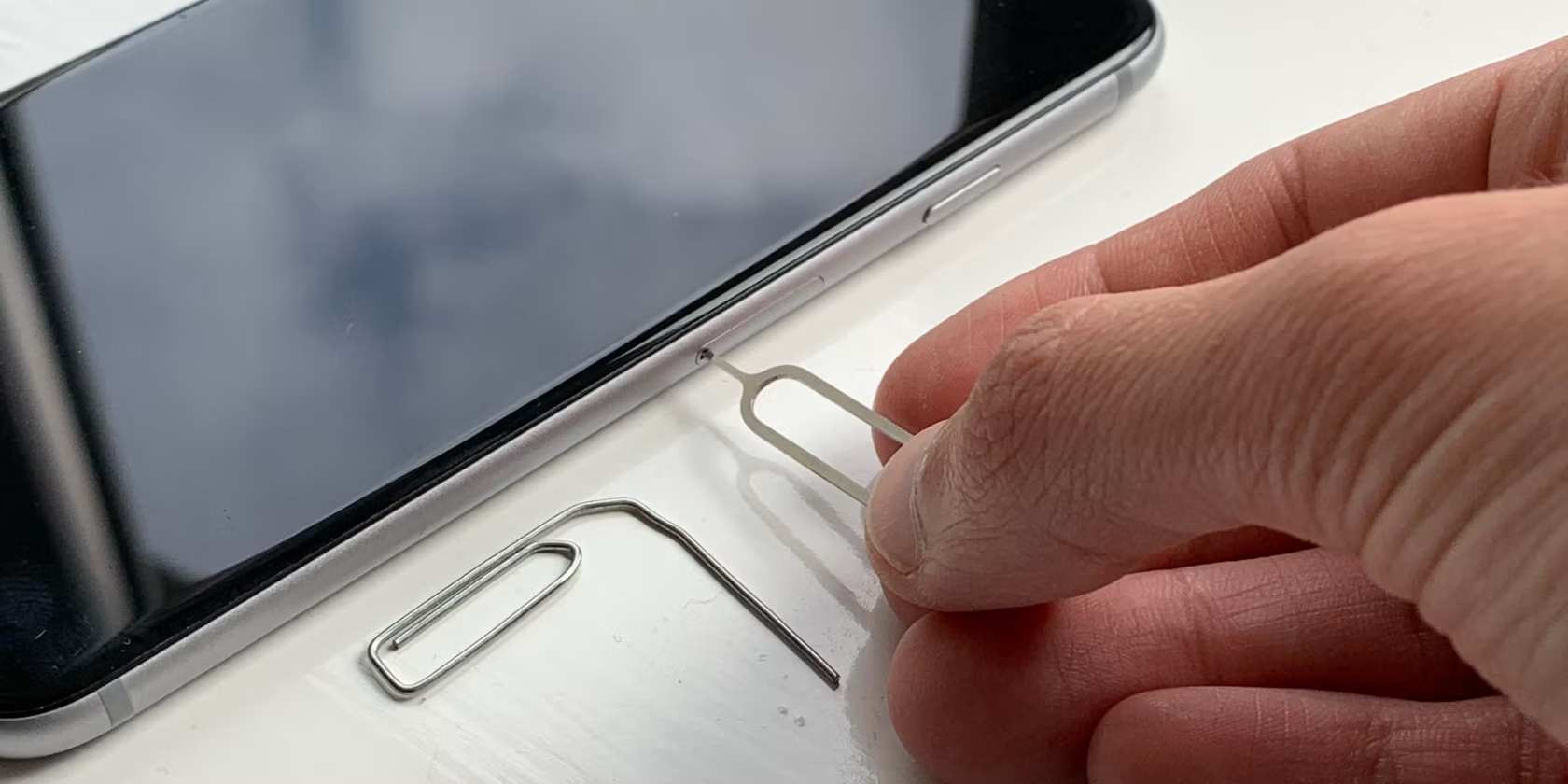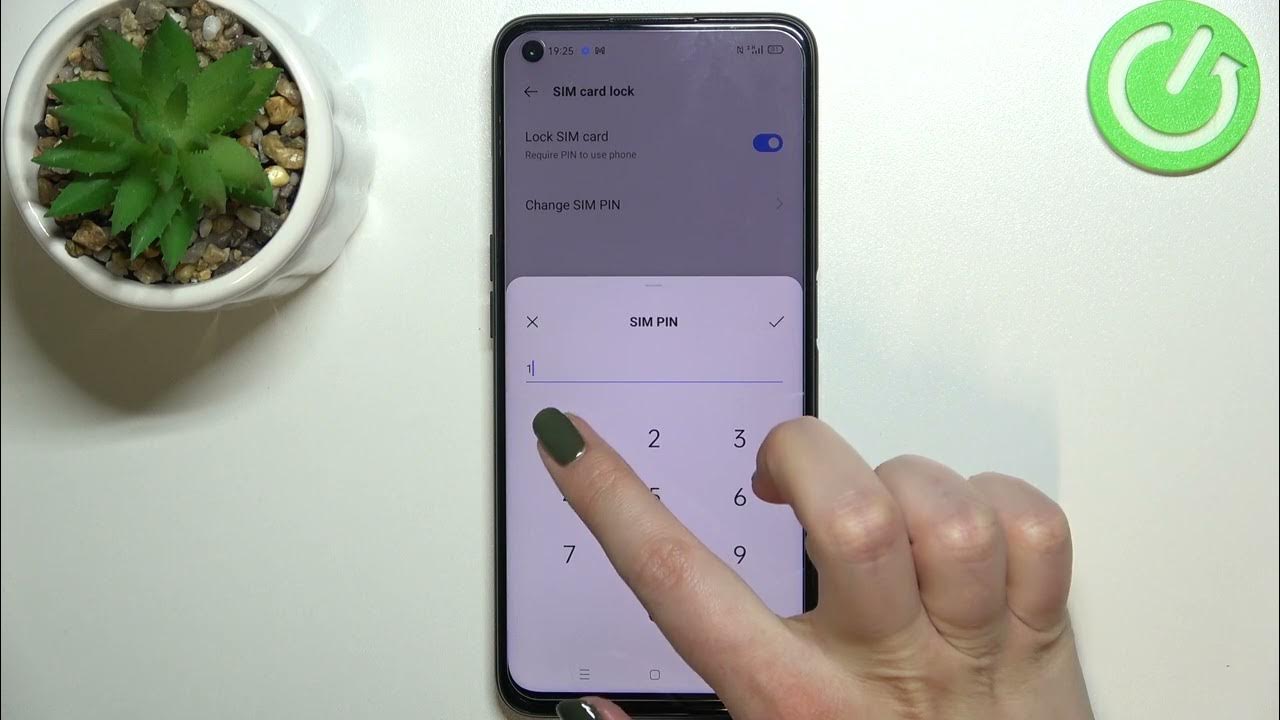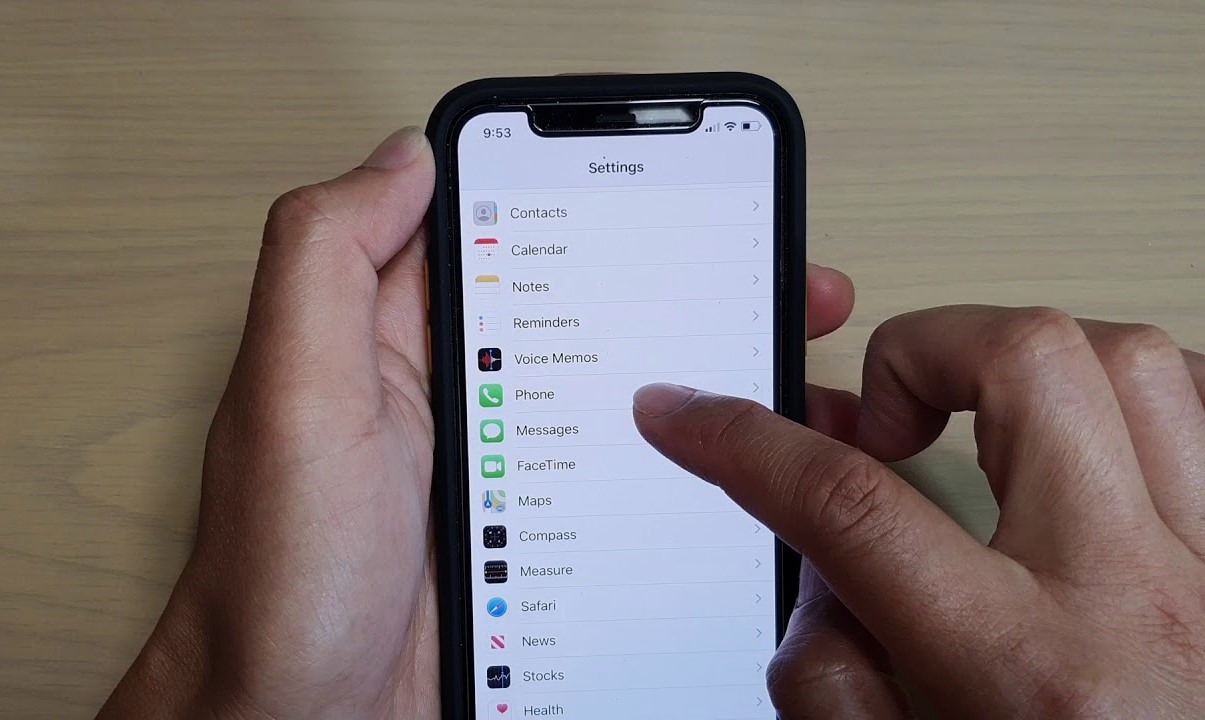Introduction
Transferring SIM card ownership is a crucial process that enables individuals to seamlessly transition their mobile services from one user to another. Whether you are selling your phone, giving it to a family member, or simply switching to a new device, understanding the steps involved in transferring SIM card ownership is essential. This comprehensive guide will walk you through the process, ensuring that you are well-equipped to navigate this transition smoothly.
Transferring SIM card ownership involves more than just physically swapping out the SIM card. It requires adhering to specific procedures set forth by your mobile service provider to ensure a seamless transfer of services and account ownership. By following the steps outlined in this guide, you can avoid potential service interruptions and ensure that the new owner can fully utilize the mobile services associated with the SIM card.
Understanding the importance of transferring SIM card ownership is crucial in today's interconnected world. As mobile devices have become an integral part of our daily lives, the ability to transfer ownership of SIM cards efficiently has become increasingly important. Whether it's for security reasons, upgrading to a new device, or simply passing on a device to someone else, knowing how to transfer SIM card ownership empowers individuals to manage their mobile services effectively.
By following this step-by-step guide, you will gain valuable insights into the requirements, procedures, and necessary paperwork involved in transferring SIM card ownership. Additionally, you will learn how to activate the new SIM card and ensure a seamless transition of mobile services. This knowledge will not only benefit you in your current situation but also equip you to assist others in navigating this process when the need arises.
Step 1: Check the requirements
Before initiating the process of transferring SIM card ownership, it is essential to understand and fulfill the prerequisites set by your mobile service provider. Checking the requirements ensures that you have all the necessary information and documents at hand, streamlining the transfer process. Here's a detailed overview of the key aspects to consider when checking the requirements:
-
Understanding Provider's Policies: Begin by familiarizing yourself with your mobile service provider's policies regarding SIM card ownership transfers. Providers may have specific guidelines and eligibility criteria that need to be met before initiating the transfer. These policies can often be found on the provider's official website or by contacting their customer service.
-
Valid Identification: Ensure that you possess valid identification documents, such as a government-issued ID or passport. These documents are typically required to verify your identity and authorize the transfer of ownership. It's crucial to have these documents readily available to facilitate a smooth transition.
-
Account Information: Gather all relevant account information associated with the SIM card, including account numbers, billing details, and any additional account-related documentation. This information may be necessary for the transfer process and can be obtained by accessing your online account or contacting the customer service helpline.
-
Clear Outstanding Balances: Verify that there are no outstanding balances or unresolved issues linked to the account or SIM card. Resolving any pending payments or disputes beforehand can prevent complications during the ownership transfer process and ensure a seamless transition for both parties involved.
-
Device Compatibility: If the SIM card is being transferred to a new device, confirm that the new device is compatible with the SIM card and the mobile network. Understanding device compatibility is crucial to avoid potential technical issues post-transfer.
By thoroughly checking these requirements, you can proactively address any potential obstacles and ensure that the transfer process proceeds without unnecessary delays or complications. This proactive approach not only facilitates a smooth transfer of SIM card ownership but also helps in maintaining a positive relationship with your mobile service provider.
Step 2: Contact your service provider
Once you have thoroughly checked the requirements for transferring SIM card ownership, the next crucial step is to initiate contact with your service provider. This step is pivotal as it establishes direct communication with the provider, enabling you to navigate the transfer process effectively. Here's a detailed breakdown of the actions involved in contacting your service provider:
-
Customer Service Channels: Begin by identifying the available customer service channels provided by your mobile service provider. This typically includes options such as helpline numbers, online chat support, email contacts, and physical store locations. Choose the channel that best suits your preference and ensures efficient communication.
-
Explain Your Intent: When reaching out to the customer service representative or support personnel, clearly explain your intent to transfer SIM card ownership. Provide concise details about the reason for the transfer, whether it's due to a device upgrade, sale of the current device, or a change in ownership.
-
Follow Provider's Guidelines: It's important to adhere to the specific guidelines provided by your service provider for transferring SIM card ownership. This may involve completing certain forms, providing specific documentation, or following a prescribed procedure. By following the provider's guidelines, you can ensure that the transfer process aligns with their established protocols.
-
Verification Process: During the interaction with the customer service representative, be prepared to undergo a verification process to confirm your identity and account ownership. This may involve providing personal information, account details, and any necessary identification documents as per the provider's requirements.
-
Clarify Queries: If you have any queries or uncertainties regarding the transfer process, take this opportunity to seek clarification from the customer service representative. Understanding the intricacies of the transfer process can alleviate any concerns and ensure that you are well-informed throughout the procedure.
-
Documentation Guidance: Inquire about the specific documentation or paperwork required for the transfer and seek guidance on how to complete the necessary forms or provide the required information. Clear communication regarding the documentation process can streamline the transfer and minimize the likelihood of errors or omissions.
Initiating contact with your service provider sets the stage for a seamless transfer of SIM card ownership. By engaging in clear and effective communication, you can navigate the process with confidence, ensuring that all necessary steps are followed in accordance with the provider's guidelines. This proactive approach fosters a positive and cooperative relationship with your service provider, facilitating a smooth transition of ownership.
Step 3: Provide necessary information
Upon establishing contact with your service provider and understanding the transfer requirements, the next pivotal step is to provide the necessary information for the SIM card ownership transfer. This phase involves furnishing specific details and documentation to facilitate the seamless transition of ownership. Here's a comprehensive overview of the essential aspects involved in providing the necessary information:
-
Personal Details: Be prepared to provide your personal details, including your full name, address, and contact information. These details are crucial for verifying your identity and ensuring that the transfer process aligns with the correct account.
-
Account Information: Furnish all relevant account information associated with the SIM card, such as the account number, billing details, and any additional documentation linked to the account. This information serves as a vital reference point for the service provider to authenticate the ownership transfer.
-
New Owner's Information: If the SIM card is being transferred to a new owner, ensure that the new owner's details, including their full name, contact information, and any required identification documents, are accurately provided. This step is essential for updating the account ownership details in the provider's records.
-
Identification Documentation: Prepare and submit valid identification documents as per the provider's guidelines. This typically includes government-issued IDs, passports, or other authorized identification forms. Verifying the identities of both the current and new owners is a critical aspect of the ownership transfer process.
-
Authorization Forms: In certain cases, the provider may require the completion of specific authorization forms to formalize the ownership transfer. These forms serve as legal documentation to endorse the change in ownership and ensure compliance with regulatory requirements.
-
Clear Communication: Maintain clear and open communication with the service provider throughout the information provision process. Promptly respond to any requests for additional details or documentation to expedite the transfer process.
By meticulously providing the necessary information and adhering to the provider's guidelines, you can facilitate a smooth and efficient transfer of SIM card ownership. This proactive approach not only expedites the process but also underscores your commitment to ensuring a seamless transition for all parties involved. Additionally, by demonstrating attentiveness to the information provision requirements, you contribute to fostering a positive and cooperative relationship with your service provider, further enhancing the overall transfer experience.
Step 4: Complete the paperwork
Completing the necessary paperwork is a crucial phase in the process of transferring SIM card ownership. This step involves formalizing the transfer through documentation and ensuring that all relevant forms are accurately filled out and submitted. By meticulously addressing the paperwork requirements, you can solidify the legal and administrative aspects of the ownership transfer, paving the way for a seamless transition. Here's an in-depth exploration of the key elements involved in completing the paperwork:
-
Transfer Authorization Forms: In many cases, the service provider may require the completion of specific transfer authorization forms. These forms serve as official documentation to endorse the change in ownership and provide a formal record of the transfer. It is essential to accurately fill out these forms, ensuring that all required fields are completed with precision.
-
Signature Verification: Pay meticulous attention to signature verification requirements on the paperwork. Ensure that all signatures, both from the current owner and the new owner (if applicable), are executed as per the provider's guidelines. Legible and authentic signatures are pivotal in validating the transfer process.
-
Document Submission: Once the necessary forms are completed, submit them to the designated channels as specified by the service provider. This may involve submitting the paperwork online through digital platforms or physically delivering the documents to authorized service centers. Adhering to the designated submission processes is crucial in ensuring that the paperwork is received and processed efficiently.
-
Accuracy and Compliance: Double-check the completed paperwork for accuracy and compliance with the provider's requirements. Verify that all details, including personal information, account numbers, and transfer authorization specifics, are meticulously documented. Ensuring compliance with the provider's guidelines mitigates the risk of potential discrepancies and streamlines the transfer process.
-
Timely Submission: Promptly submit the completed paperwork to avoid unnecessary delays in the ownership transfer. Timely submission is instrumental in expediting the processing of the transfer request, facilitating a swift transition of ownership without undue interruptions to mobile services.
By meticulously addressing the paperwork requirements and ensuring the accurate completion and submission of the necessary forms, you can solidify the legal and administrative aspects of the ownership transfer. This proactive approach not only expedites the process but also underscores your commitment to facilitating a seamless transition for all parties involved. Additionally, by demonstrating attentiveness to the paperwork completion process, you contribute to fostering a positive and cooperative relationship with your service provider, further enhancing the overall transfer experience.
Step 5: Activate the new SIM card
Activating the new SIM card marks the final phase in the comprehensive process of transferring SIM card ownership. This critical step ensures that the newly acquired SIM card is fully functional and seamlessly integrated with the mobile network, enabling uninterrupted access to mobile services. Here's an in-depth exploration of the essential elements involved in activating the new SIM card:
-
SIM Card Compatibility: Before initiating the activation process, it is crucial to verify the compatibility of the new SIM card with the intended device and the mobile network. Ensuring that the SIM card is compatible with the device's specifications and the network's technology is pivotal in preventing potential compatibility issues post-activation.
-
Activation Methods: Mobile service providers typically offer multiple activation methods, including online activation portals, dedicated mobile apps, and customer service-assisted activations. Choose the activation method that aligns with your preference and provides a user-friendly interface for initiating the activation process.
-
Accessing Activation Resources: Access the activation resources provided by the service provider, such as activation guides, step-by-step instructions, and any necessary activation codes or credentials. Familiarize yourself with the activation process to ensure a smooth and efficient transition from the old SIM card to the newly acquired one.
-
Initiating Activation: Follow the provider's prescribed procedures to initiate the activation of the new SIM card. This typically involves accessing the designated activation platform, entering the required details, and following the on-screen prompts to complete the activation process. Be attentive to the accuracy of the entered information to prevent potential activation errors.
-
Verification and Confirmation: Upon completing the activation process, the service provider may initiate a verification and confirmation step to validate the successful activation of the new SIM card. This may involve receiving a confirmation message, email, or notification indicating the successful activation and integration of the new SIM card with the mobile network.
-
Testing Connectivity: After the activation is confirmed, test the connectivity and functionality of the new SIM card by placing test calls, sending messages, and accessing mobile data services. Verifying the seamless functionality of the new SIM card ensures that it is fully operational and capable of delivering uninterrupted mobile services.
By diligently adhering to the activation process and confirming the seamless integration of the new SIM card with the mobile network, you can conclude the ownership transfer process with confidence, knowing that the new owner can fully utilize the mobile services associated with the SIM card. This proactive approach underscores your commitment to ensuring a smooth transition and sets the stage for a positive and hassle-free ownership transfer experience.
Conclusion
In conclusion, the process of transferring SIM card ownership encompasses a series of essential steps that are pivotal in ensuring a seamless transition of mobile services from one user to another. By meticulously adhering to the requirements, initiating contact with the service provider, providing necessary information, completing the required paperwork, and activating the new SIM card, individuals can navigate this process with confidence and efficiency.
Transferring SIM card ownership is not merely a technical procedure; it is a testament to the evolving landscape of mobile connectivity and the significance of seamless transitions in our interconnected world. Understanding the intricacies involved in this process empowers individuals to manage their mobile services effectively, whether it involves upgrading to a new device, passing on a device to a new owner, or simply navigating changes in ownership.
By proactively checking the requirements and understanding the provider's policies, individuals can lay a solid foundation for the ownership transfer process. Clear and effective communication with the service provider fosters a cooperative environment, ensuring that the transfer aligns with the provider's guidelines and regulatory requirements. Providing the necessary information and completing the required paperwork with precision solidifies the legal and administrative aspects of the transfer, paving the way for a seamless transition.
The activation of the new SIM card marks the culmination of the ownership transfer process, signifying the successful integration of the new owner into the mobile network. By verifying compatibility, following the activation procedures, and confirming the seamless functionality of the new SIM card, individuals can conclude the process with the assurance that the new owner can fully benefit from the mobile services associated with the SIM card.
In essence, the process of transferring SIM card ownership embodies the intersection of technology, regulatory compliance, and seamless user experiences. By following this comprehensive guide, individuals can navigate this process with clarity and efficiency, ensuring that the transfer of ownership is executed with precision and care. Ultimately, understanding and mastering the intricacies of transferring SIM card ownership empowers individuals to manage their mobile services effectively, contributing to a seamless and interconnected mobile ecosystem.







